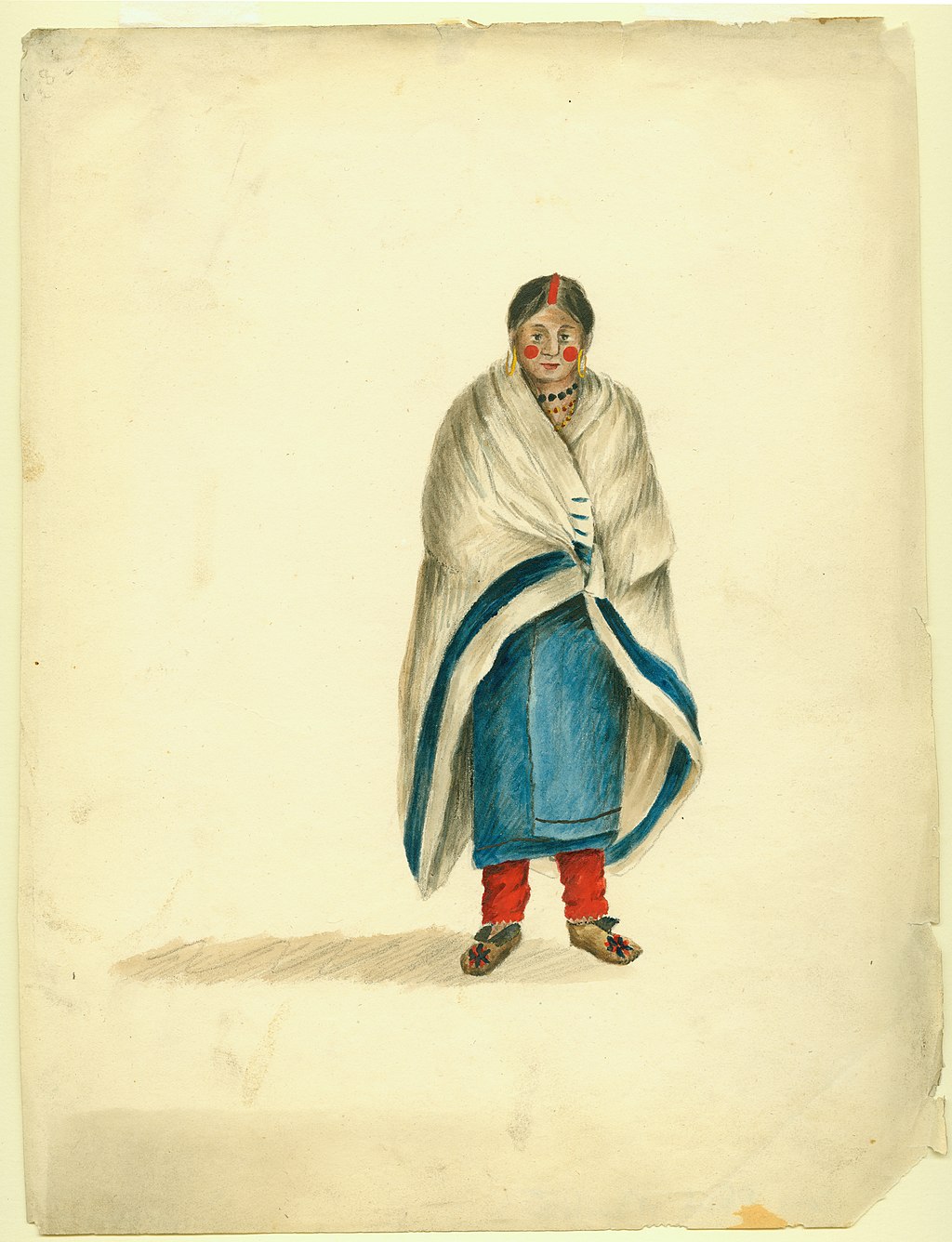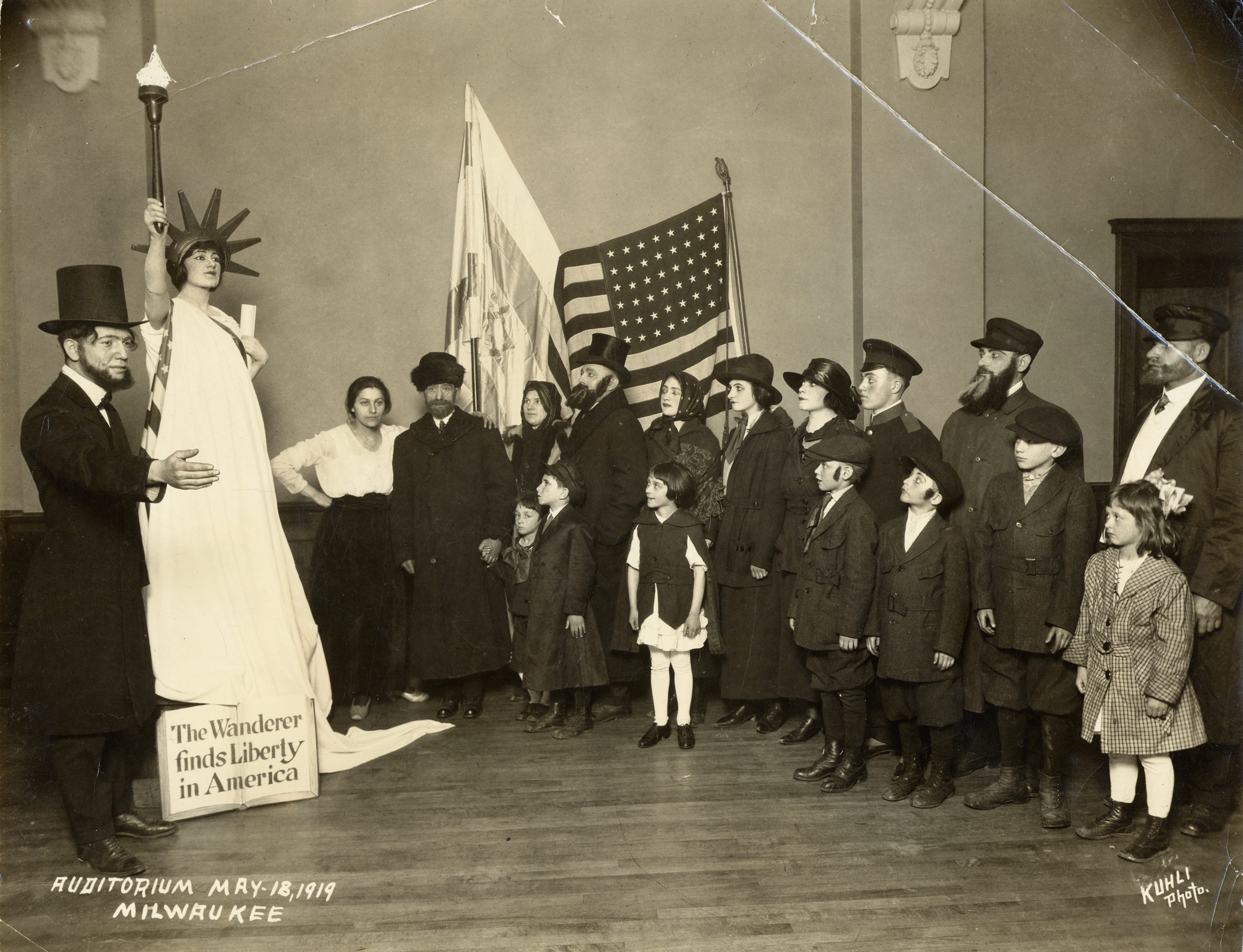OBJECT HISTORY: Trade Blanket
This blanket, ordinary though it may seem, tells the story of an important meeting of cultures that occurred in Wisconsin between 1634 and 1763. Not long after the explorer Jean Nicolet first set foot in Wisconsin, French traders saw an opportunity to make money by sending beaver furs back to Europe for use in stylish…





